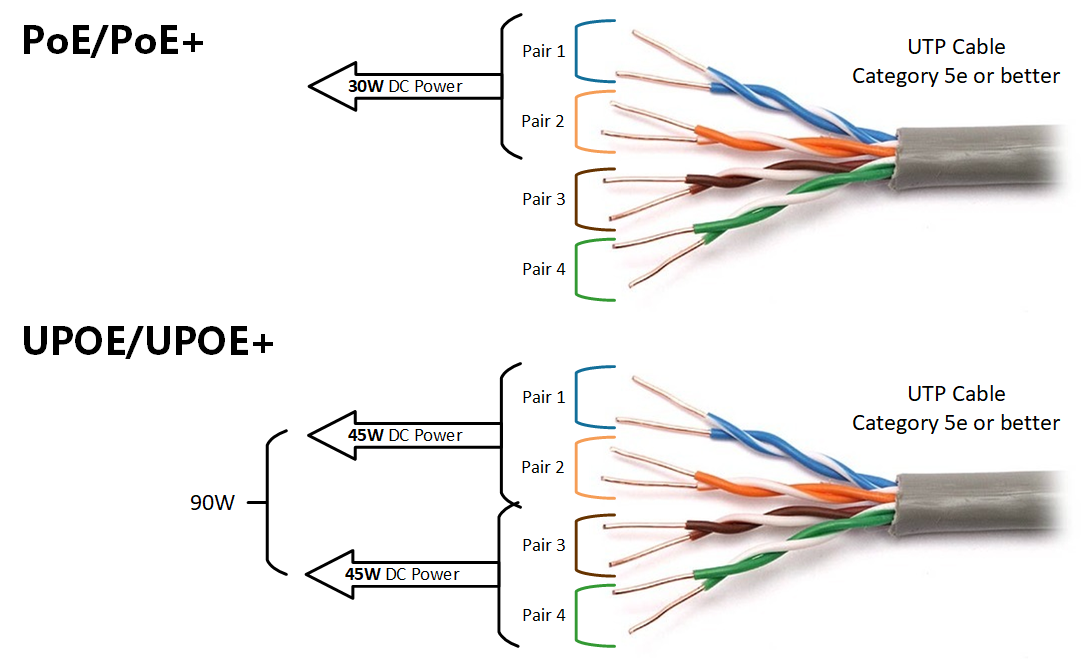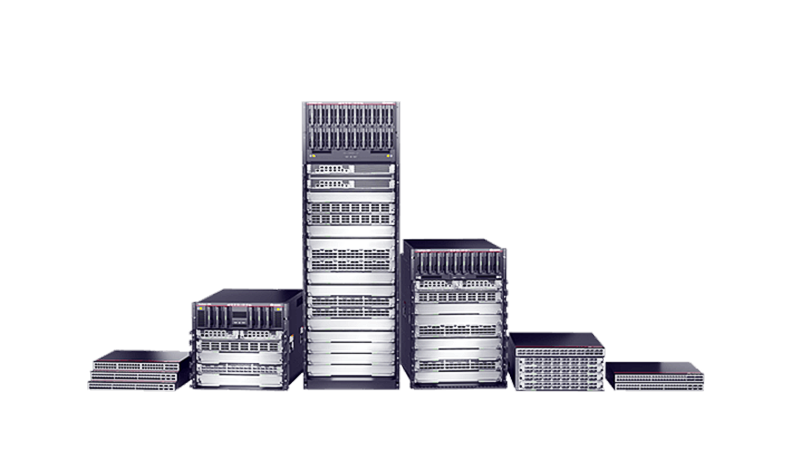































A wireless local area network (WLAN) provides wireless network communication over short distances using radio signals instead of traditional network cabling. Homes and offices commonly use WLANs to provide wireless internet access to mobile devices like laptops and phones, but also to stationary ones like printers and desktops.
WLAN means wireless local area network (LAN). In other words, it's awirelessversion of a LAN. WLANs are networks that allow devices to connect and communicate over Wi-Fi within a localized area like a home or office.
Wireless LANs are commonly based on the IEEE 802.11 standards, which have evolved significantly to offer higher speeds, better security, and improved connectivity.
Supports a large number of devices, including IoT devices.
Setting up a WLAN is easier than laying cables for wired networks.
Accessing a WLAN is easier than a wired LAN; cable length isn't a factor.
WLANs are common outside of businesses and homes, like in public areas.
It's easier to hack a WLAN, which is why encryption is necessary.
Wireless interference can hijack the speed and stability of a wireless network.
More devices, like repeaters, are needed to expand a wireless network.
WLANs offer several benefits, including greater mobility; users can connect to the network from different locations within the coverage area without being tethered by cables. They're also easily scalable, so additional devices can join the network with minimal configuration. Modern WLANs incorporate advanced security protocols like WPA3 to protect against unauthorized access and ensure data privacy.
A WLAN can contain as few as two devices and as many as one hundred or more. However, wireless networks become increasingly difficult to manage as the number of devices increases.
Wireless LANs can contain many types of devices, including:
WLAN connections work using radio transmitters and receivers built into client devices. Wireless networks don't require cables, but several special-purpose devices (also possessing their own radios and receiver antennas) are usually used to build them.
Local Wi-Fi networks, for example, can be constructed in either of two modes: ad-hoc or infrastructure.
Wi-Fi ad-hoc mode WLANs consist of peer-to-peer direct connections between clients with no intermediate hardware components involved. Ad-hoc local networks can be used to make temporary connections in some situations, but they don't scale to support more than a few devices and can pose security risks.
A Wi-Fi infrastructure mode WLAN uses a central device called a wireless access point (AP) that all clients connect to. In-home networks, wireless broadband routers perform the functions of an AP plus enable the WLAN for home internet access. Multiple APs can be interfaced to either and connect multiple WLANs into a larger one.
Some wireless LANs extend an existing wired network. This type of WLAN is built by attaching an access point to the edge of the wired network and setting up the AP to work in bridging mode. Clients communicate with the access point through the wireless link and can reach the Ethernet network through the AP bridge connection.
How to Set up a Home Wi-Fi Network:max_bytes(150000):strip_icc()/GettyImages-2154407552-6d01a3a3fb984a8182b3df46e2592091.jpg)
bancha singchai / iStock / Getty Images Plus
Cell networks support mobile phones that connect over long distances, a type of wireless wide area network (WWAN). What distinguishes a local network from a wide network are the usage models they support along with some rough limits on physical distance and area.
A local area network covers individual buildings or public hotspots, spanning hundreds or thousands of square feet. Wide area networks cover cities or geographic regions, spanning multiple miles.
5G: Everything You Need to Know Etiquetas calientes:
Internet
Etiquetas calientes:
Internet